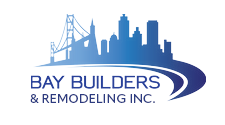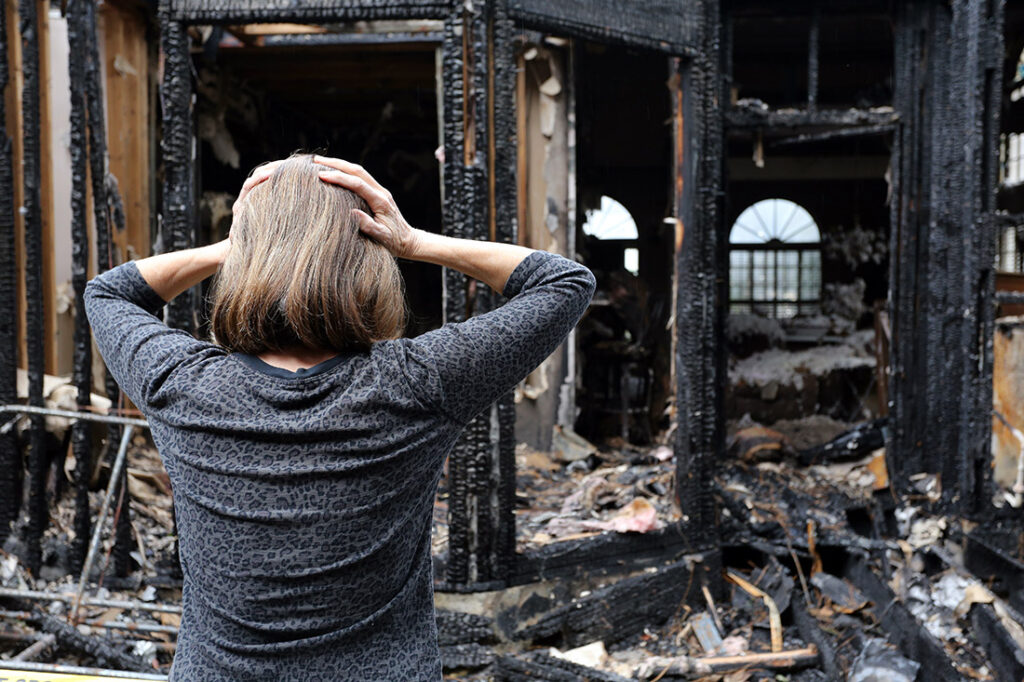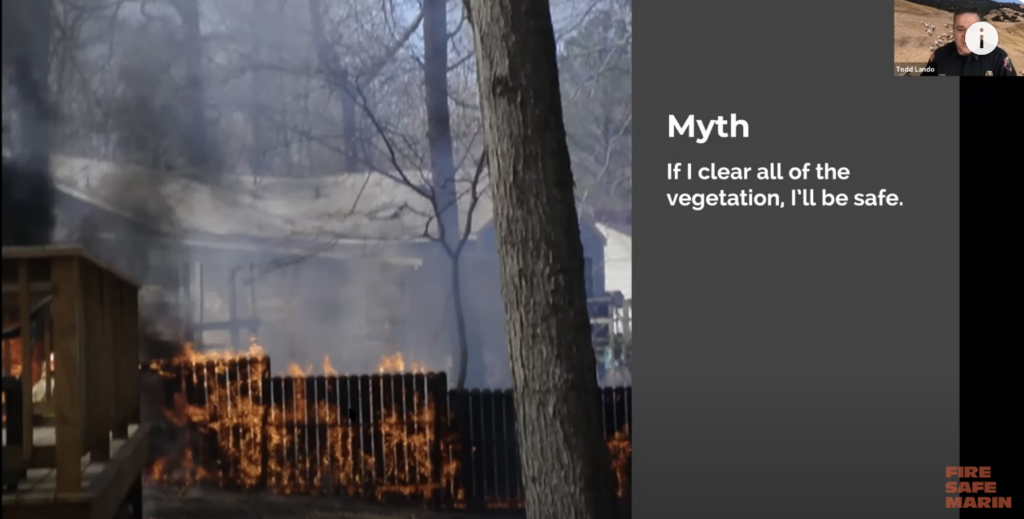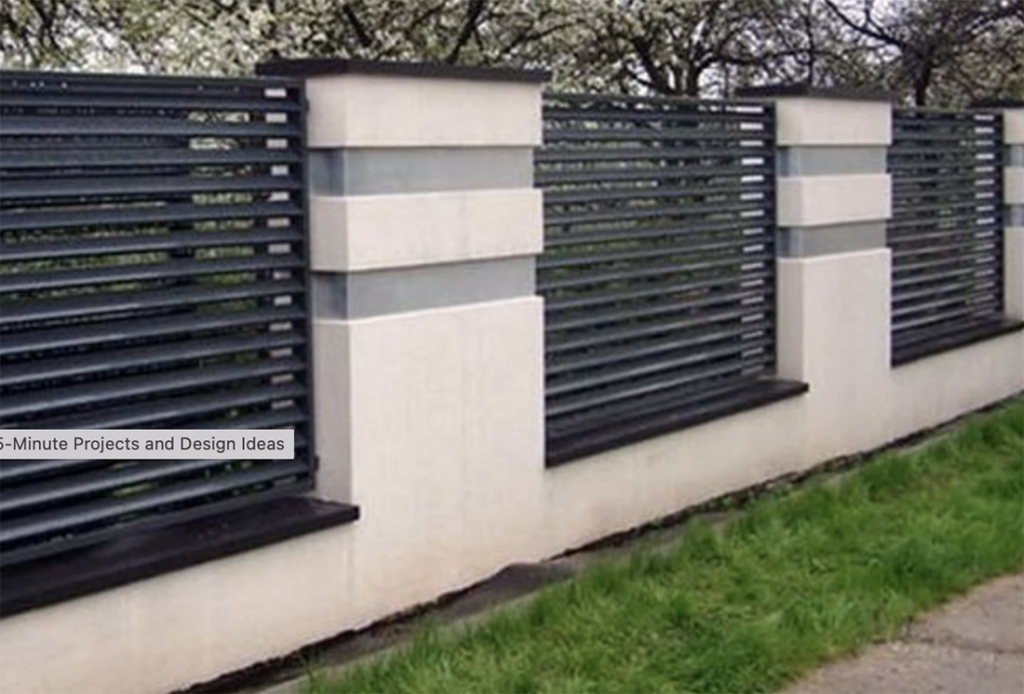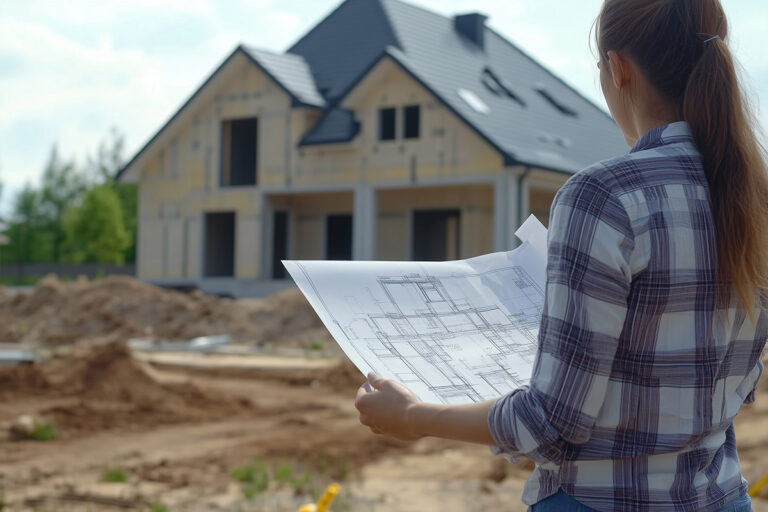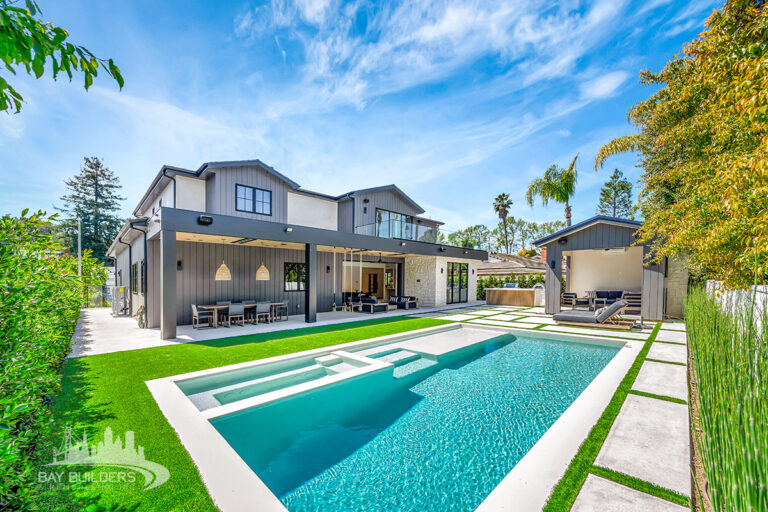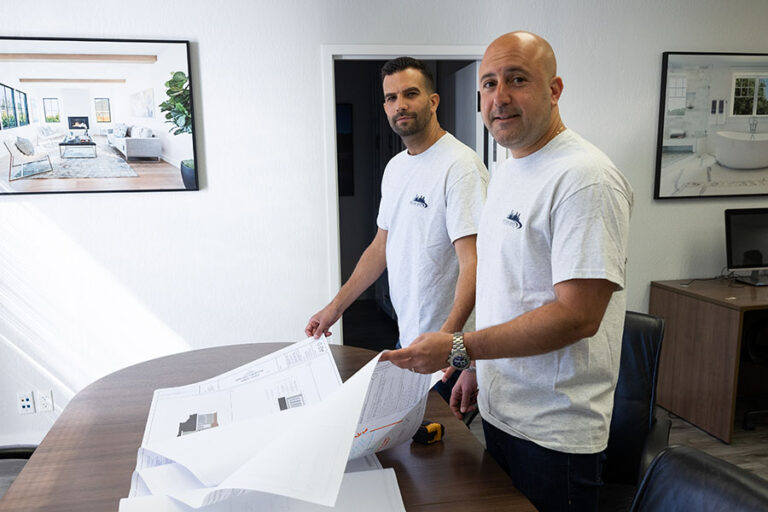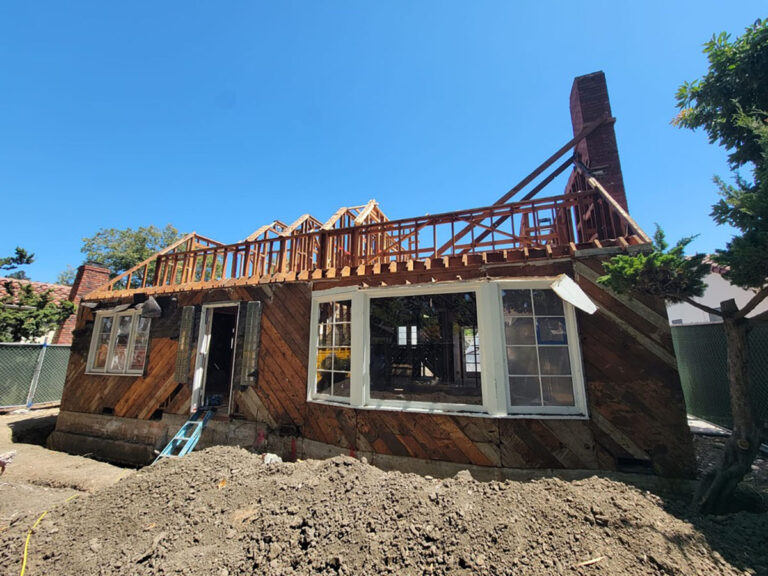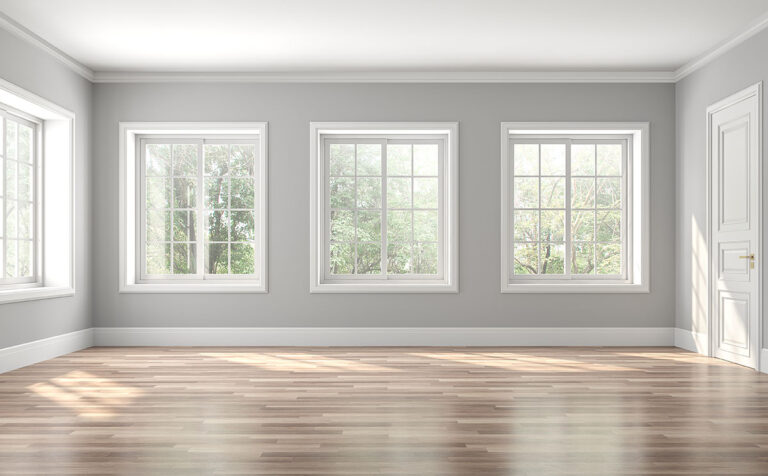It’s now January 14th, 2025. The recent wildfires in Los Angeles have been nothing short of devastating. Over 12,000 homes have been reduced to ashes, and the tragic loss of life weighs heavily on us all.
At Bay Builders & Remodeling, our hearts go out to the families and communities impacted by this catastrophe. While the road to recovery is long, there are critical lessons to be learned from the few homes that survived the fires. These lessons can guide us in building homes that not only withstand the elements but provide peace of mind in the face of future disasters.
Table of Contents
Let’s explore the key takeaways from the surviving homes in L.A. and how we can implement these principles for fire-resistant construction here in California (including our own Bay Area foothills) where wildfires have now become all too common.
1. Before the Build – Location Matters
1.a. Strategic Site Placement
In addition to material selection and landscaping, the strategic placement of your home on its lot is crucial for enhancing fire resistance. Topography—the slope and features of the land—significantly influences wildfire behavior.
Key Considerations for Site Placement:
- Avoid Ridge Tops and Steep Slopes: Constructing homes directly on ridge tops, mid-slope, or at the top of canyons can increase exposure to fast-moving wildfires. Fires tend to move uphill rapidly, with increased intensity on steeper slopes. Therefore, building on or near steep inclines requires careful planning to mitigate these risks.
This is not usually a problem in the Bay Area, but most definitely in the Santa Cruz Mountains that border our valley and in Topanga Canyon where the Pacific Palisades and Eaton fires destroyed so many structures. Whenever possible, select sites on flatter terrain or set back from the edge of slopes to reduce vulnerability.Source: Building America Solution Center - Increase Defensible Space on Sloped Terrain: If building on a slope is unavoidable, expand the defensible space around your home beyond the standard recommendations. This involves creating larger zones of reduced vegetation to slow the progression of fire uphill.
- Utilize Natural Barriers: Incorporate existing landscape features such as rock outcroppings, streams, or low-lying areas as natural firebreaks. These elements can help disrupt the path of an advancing wildfire.
- Consider Neighboring Structures: The proximity of adjacent buildings can influence your home’s fire risk, especially if neighboring properties are not fire-resistant. Maintaining adequate distance and implementing fire-resistant fencing can provide additional protection.
By thoughtfully assessing and utilizing the natural features of your property, you can enhance your home’s resilience against wildfires. If you work with Bay Builders & Remodeling for your home construction in the Bay Area, we offer expert site evaluations to determine the optimal placement and design strategies for fire-resistant construction, ensuring your home is both safe and harmonious with its surroundings.
Recent discussions on fire-resistant community planning:
2. Defensible Space Saves Lives
The first line of defense for fire-resistant homes is a well-maintained defensible space. By creating a buffer zone of non-combustible materials like gravel, rock beds, and concrete barriers, homes can significantly reduce the risk of fire reaching the structure.
But there is more that you can to make the immediate space around your home fire-resistant and even fire-proof.
2.a Strategic Fire-Resistant Landscaping
Defensible space is not about removing all vegetation. Instead, it’s about careful maintenance, plant selection, and thoughtful landscaping to create a fire-resistant area around your home. Contrary to popular belief, lush, green, well-maintained landscapes are ideal for defensible space, rather than bare dirt or completely cleared areas.
Here are some recommendations for creating a defensible space around your home.
- Defensible Space Zones:
- Zone Zero (0-5 feet): Focus on removing combustibles. Most homes (60-90%) ignite from embers, not direct flames. Maintenance within five feet of the home (Zone Zero) is critical to address this vulnerability.
- Zone One (5-30 feet): Maintain “lean, clean, and green” areas by trimming grass and spacing shrubs.
- Zone Two (30-100 feet): Remove dead vegetation; lush, green plants are allowed and encouraged.
- Fire-Resistant Plants: Select plants with high moisture content, such as certain succulents and hardwoods, which are less likely to ignite.
- Remove flammable landscaping materials such as wood mulch and dry shrubs next to the home. Replace those with non-combustible alternatives such as rock, gravel, and concrete pavers.
- Protective Hardscaping: Incorporate features like concrete walls or gravel and concrete paver pathways to act as firebreaks. A home in Pacific Palisades survived a wildfire due in part to a short cement wall that shielded it from a neighbor’s burning car. Check it out in the photo below. Also see hardscaping below for more info.
- Tree Concerns:
Trees themselves are not the main issue. Maintaining the space below and around trees (e.g., removing dead vegetation) is more critical for fire safety. - Year-Round Vigilance: As evidence the fires in Los Angeles, wildfires can occur outside red-flag conditions. Homeowners must maintain defensible space year-round to mitigate risks effectively.
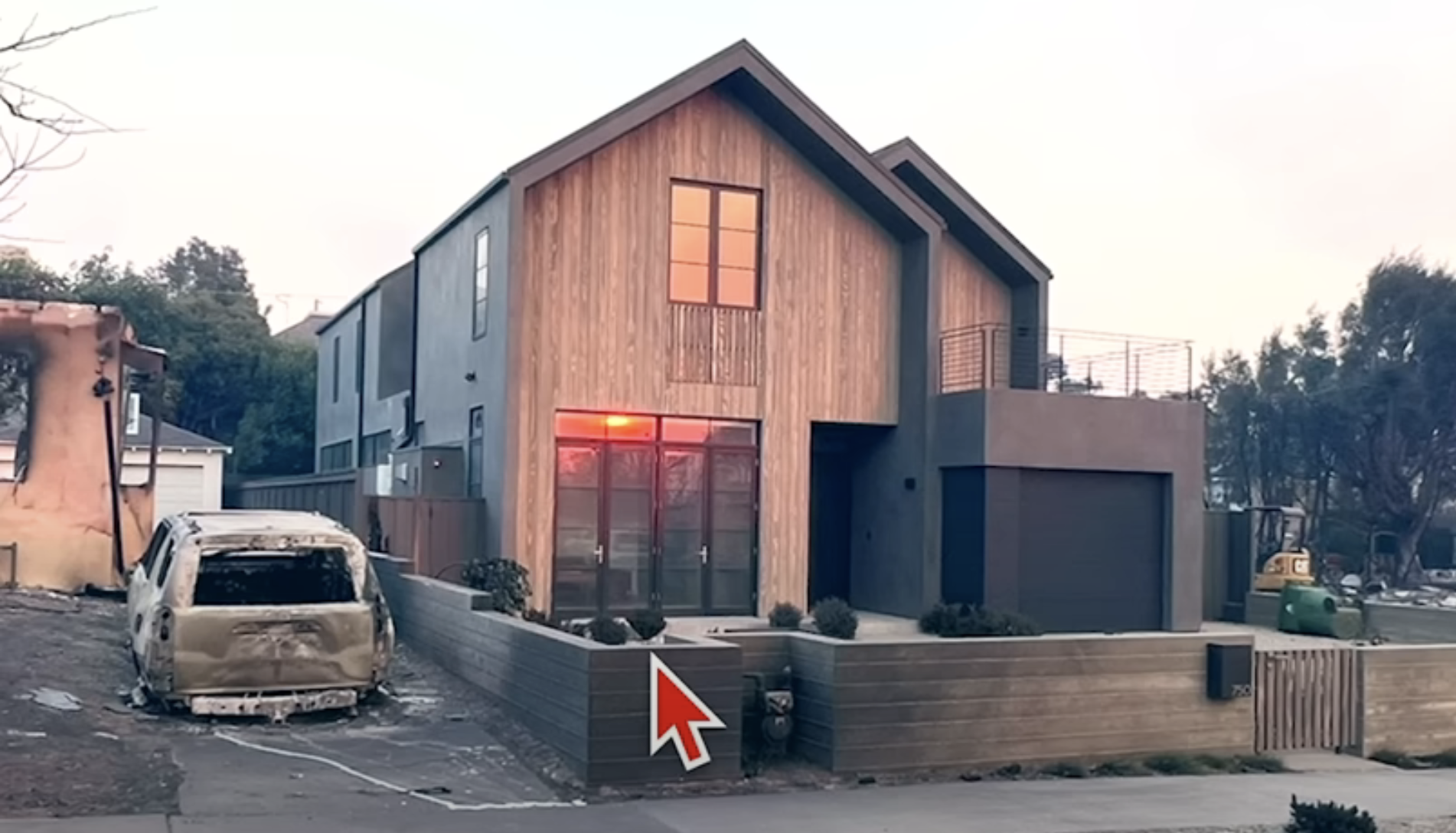
To learn more about how the Pacific Palisades home above survived the wildfire, watch the detailed YouTube video. From smart material choices to strategic landscaping, this case study offers invaluable insights into building a resilient and fire-resistant home.
Passive Home Advantages
The Pacific Palisades home you see in the picture above was not just built to resist wildfires. It’s what’s called a passive home and was designed to be energy-efficient, environmentally friendly, and resilient.
Passive homes are constructed with meticulous attention to insulation, air sealing, and energy conservation, allowing them to maintain a consistent indoor climate with minimal energy use. Remarkably, they are also extremely fire resistant as evidenced in the recent wildfires.
Why Are Passive Homes Fire Resistant?
- High-Performance Insulation: Many passive homes use materials like mineral wool or rock wool insulation, which are naturally fire-resistant.
- Non-Combustible Exteriors: This home utilized stucco siding and a metal roof, both of which are highly resistant to fire.
- Minimal Ventilation Risks: Passive homes often eliminate traditional attic vents, reducing the entry points for embers.
- Defensible Landscaping: The surrounding landscape was thoughtfully designed with non-combustible materials and barriers, including a short cement wall that shielded it from the flames of a neighbor’s burning car.
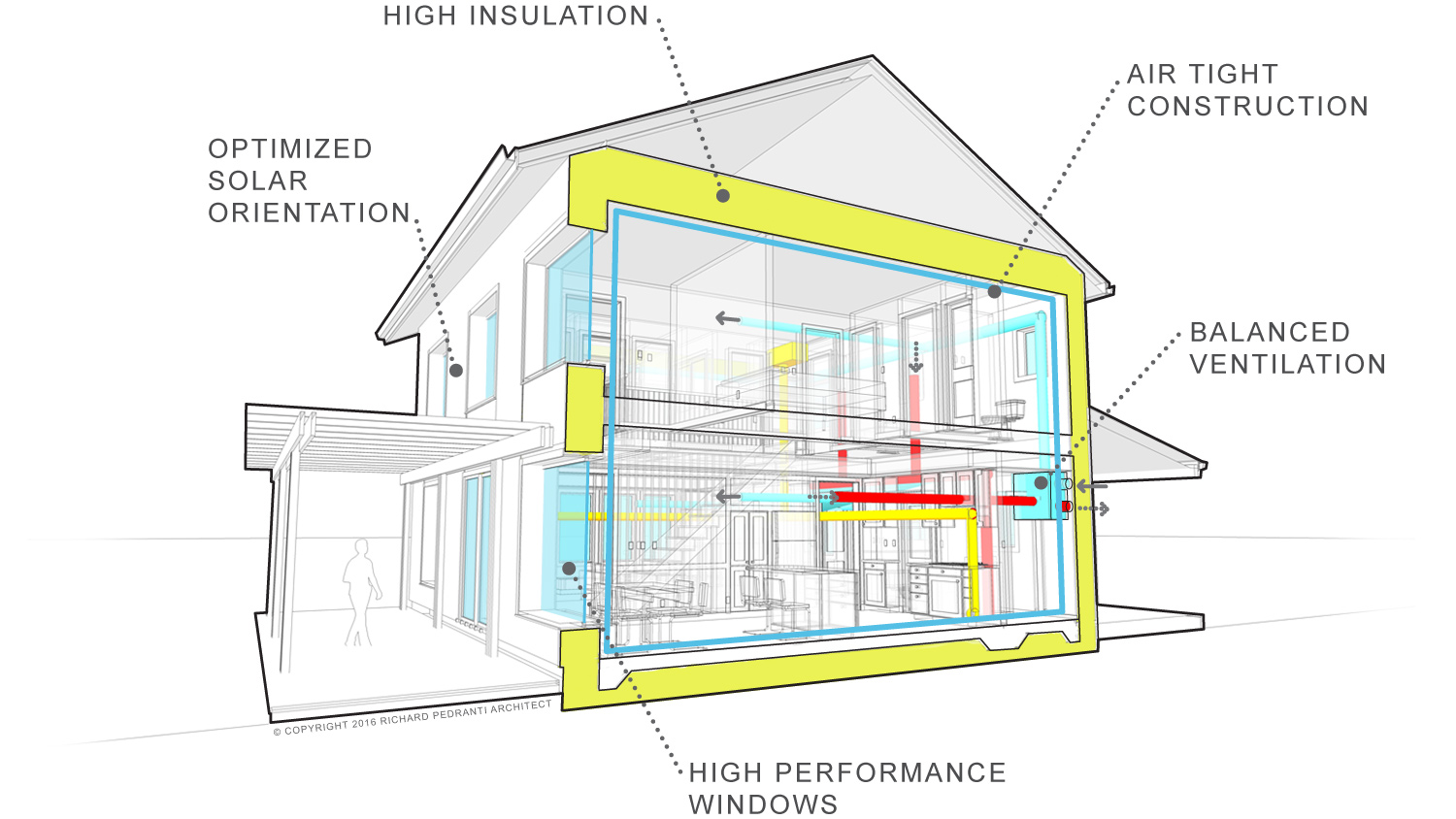
Photo credit and learn all about passive homes here.
Dual Benefits of Passive Homes
- Energy Efficiency: Passive homes significantly reduce energy consumption, resulting in lower utility bills and a reduced carbon footprint.
- Environmental Responsibility: By prioritizing sustainable materials and designs, passive homes contribute to a greener planet.
This dual purpose of passive homes—offering both environmental benefits and fire resistance—makes them an exceptional choice for homeowners seeking safety, sustainability, and comfort.
More info on creating defensible spaces;
2.b. Eliminate Combustible Hardscaping Adjacent to the Home
- Wood decks can be a major source of ignition. Instead of wood, use fire-rated materials like PVC decking.
- Wood fencing can also act like a wick for the fire to travel right to your back door. Instead of wood, use materials like metal or concrete for fences, especially those connecting directly to the house. In the Pacific Palisades fire, a metal fence halted the progression of a fire that had traveled along a neighbor’s wooden fence until it met the metal.
Fortunately, there are lots of beautiful metal and iron fence options available to use instead. Click on the fence photo below and you’ll be take to a Youtube video full ideas. And while you look, note how metal fences are used in conjunction with short cement walls, something else that acts as a barrier to wild fires.
3. Use Fire-Resistant Building Materials
Homes that withstood the flames used advanced fire-resistant building materials such as:
3.a. Fire-Resistant Siding
- Stucco: Composed of cement, sand, and water, stucco is non-combustible and provides a seamless, fire-resistant barrier. It performs best in arid climates but may require maintenance in wetter regions due to potential cracking.
- Fiber Cement Siding: Made from a blend of cement, sand, and cellulose fibers, fiber cement siding is highly durable and fire-resistant, often carrying a Class A fire rating. It withstands various weather conditions without cracking or peeling, making it suitable for diverse climates.
Both materials offer robust fire resistance; the choice may depend on your home’s architectural style, climate considerations, and maintenance preferences.
More info on fire-resistant building materials:
Check Out This Pacific Palisades Survival Story
Another home that survived the Pacific Palisades fire used fiber cement siding, but they also did a whole lot more, including having a living green roof and exterior fire retardant sprinklers. Check it out:
3.b. Fire-Resistant Roofing
The choice of roofing material plays a significant role in a home’s fire resistance. Here are some top options:- Metal Roofing: Metal roofs are highly fire-resistant and durable, often earning a Class A fire rating. They are less likely to ignite from embers and provide excellent protection in wildfire-prone areas. We’re starting to see more of these in the Santa Cruz Mountains, the Los Gatos and Saratoga hills, Los Altos Hills, and the Woodside area since those areas butt up to wildland areas.
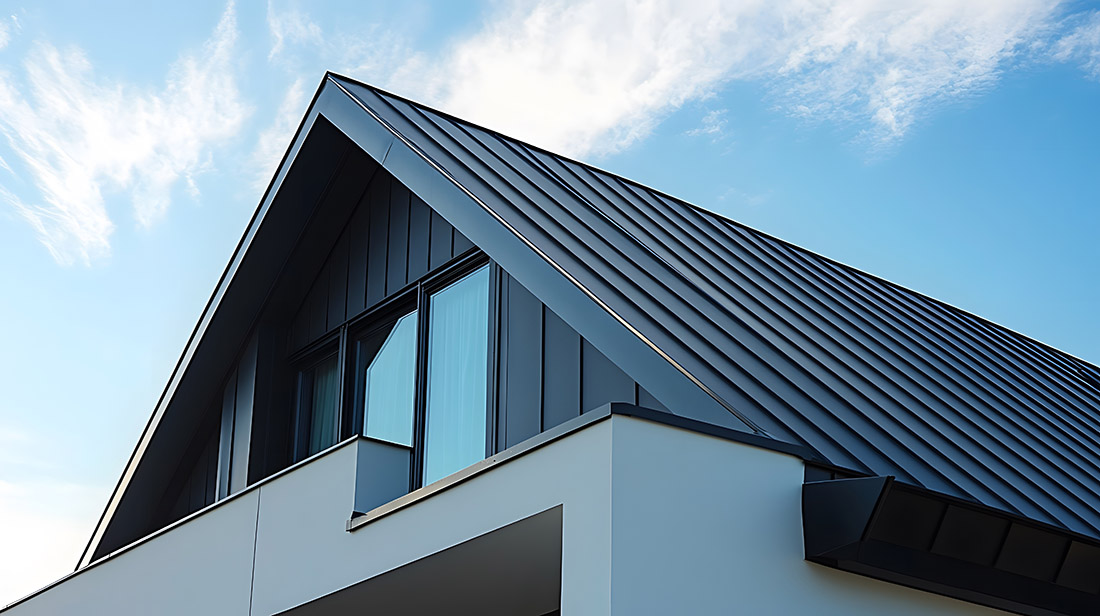
- Clay or Concrete Tile Roofing: Both clay and concrete tiles are non-combustible and can withstand high temperatures. These materials are particularly effective when installed with proper underlayment and spacing to prevent ember intrusion.
- Class A Asphalt Shingles: High-quality asphalt shingles are treated to achieve a Class A fire rating, offering a cost-effective and fire-resistant option. While not as durable as metal or tile, they provide a solid level of protection when combined with fire-resistant underlayment.
3.c. Tempered Glass Windows
Unlike regular glass, tempered glass is heat-treated, making it approximately four times stronger and more resistant to breaking under high temperatures or sudden impacts. During a wildfire, this strength prevents the glass from shattering when exposed to intense heat, keeping embers and flames from entering the home. Additionally, tempered glass is less likely to fail under the stress of flying debris, further enhancing the safety of your home. Incorporating tempered glass windows is a simple yet effective measure to protect your home against fire damage.4. Employ Smart Roof and Ventilation Design
Eliminating traditional attic vents and opting for flat roofs with minimal overhangs were critical choices in the surviving homes in Pacific Palisades. These designs prevented embers from entering vulnerable areas.- Eaves and Soffits: Traditional eaves can trap embers and increase fire risk. To mitigate this, opt for flat or enclosed soffits made of non-combustible materials such as fiber cement board or fire-retardant-treated wood. Ensure that overhangs are minimized to reduce ember accumulation.
- Vents: Vents are necessary for attic and crawlspace ventilation but can allow embers to enter. Use ember-resistant vent covers with 1/16 to 1/8-inch mesh openings. For maximum safety, consider vents with intumescent coatings that seal when exposed to heat, preventing ember intrusion. (HealthyBuildingScience)
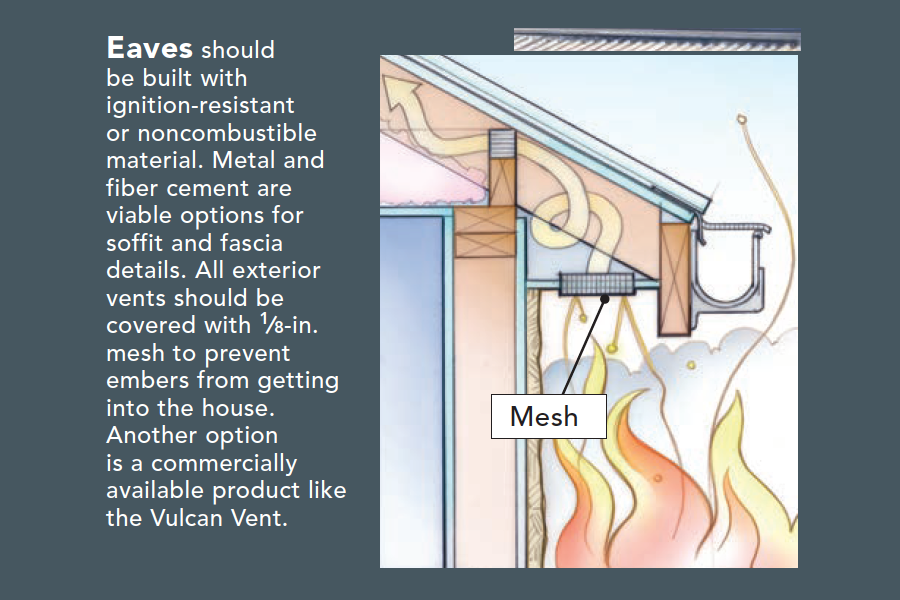
More info on home hardening:
- Fire Protection Measures Saved House in Pacific Palisades, CA
- Examining Costs to Build Wildfire-Resistant Homes in California
Conclusion: Building for Safety and the Future
Creating a fire-resistant home in the Bay Area or wherever you are is about more than materials or design—it’s about making intentional choices that safeguard lives and communities. Every step we take toward resilient construction not only protects families but also fosters a sense of security and preparedness in the face of increasing wildfire risks.
At Bay Builders & Remodeling, our goal is to make a meaningful difference by rethinking how homes are built. Together, we can build homes that stand as a testament to innovation, safety, and sustainability—and ultimately, as a shield against nature’s fiercest challenges.Partner with Bay Builders & Remodeling
As expert home builders, Bay Builders & Remodeling is here to offer practical solutions and a trusted hand to homeowners looking to build or rebuild their homes smarter and safer. At Bay Builders & Remodeling, we offer:
Expert Consultation: Personalized assessments to determine the best fire-resistant materials and designs for your home.
Quality Craftsmanship: Skilled construction that integrates safety with aesthetic appeal.
Comprehensive Services: From design, to construction, to outdoor landscaping, we provide solutions tailored to your needs.
Contact us today to begin rebuilding a safer, more resilient home in the Bay Area. The Bay Area cities we serve are listed below. Let’s work together to create a space that protects what matters most – you, your family, and your home,

